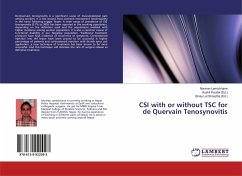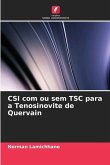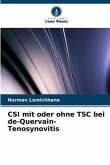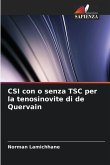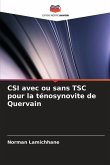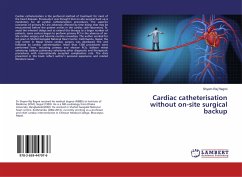De-Quervain tenosynovitis is a significant cause of musculoskeletal pain among workers. It is the second most common entrapment tendinopathy in the hand following trigger finger. A wide range of prevalence of DQ tenosynovitis (0.7% to 36%) has been reported in the working population, depending on the definition used and the populations involved with higher incidence among women population. It is also a common casuse of functional disability in our Nepalese population. Traditional treatment protocols have high incidence of recurrence of symptoms. Corticosteroid injection into the lesion have been proved to be successful in higher percentage of patients and corticosteroid injection with thumb spica cast application ,a new technique of treatment has been shown to be more successful. And this technique will minimize the rate of surgical release as definitive treatment.
Bitte wählen Sie Ihr Anliegen aus.
Rechnungen
Retourenschein anfordern
Bestellstatus
Storno

